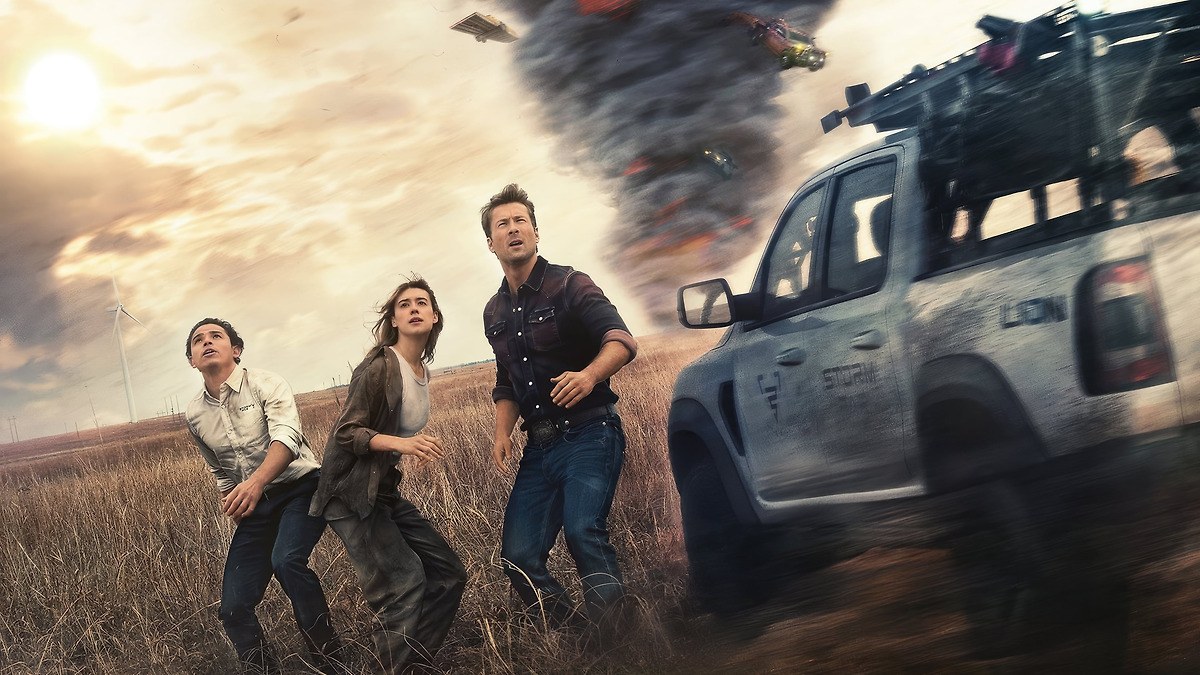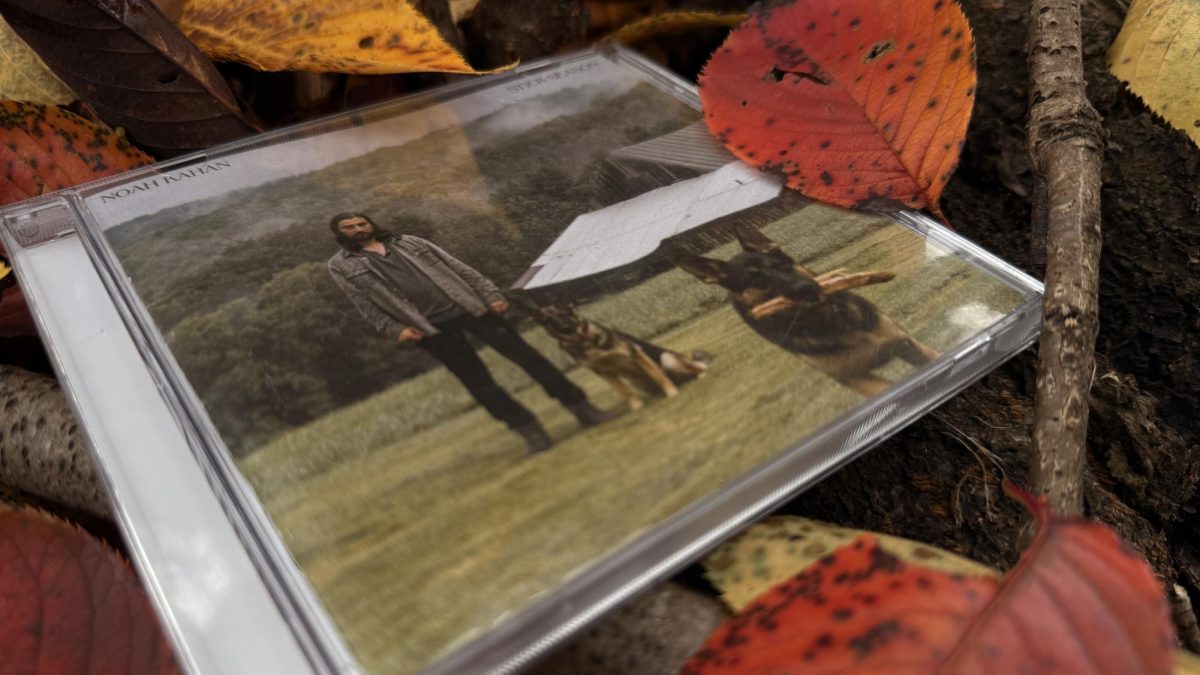WARNING: The following article contains spoilers for Lee Isaac Chung’s “Twisters.”
Do you recognize this plotline? Hometown, scruffy storm chasers fight a tense battle with wealthy corporate stooges as they hunt down tornadoes all over Oklahoma, surrounded by a ragtag team of eccentric hippies. The two main characters have a ‘frenemy’ relationship laced with romantic tension. They hunt storms to save lives, but their opponents are in it for the money.
For fans of the 1996 summer blockbuster “Twister,” it’ll sound familiar. The same goes for theatergoers of the 2024 summer blockbuster “Twisters,” released July 19.
Notably, they didn’t change much in those three decades (they added an S to the title), but that doesn’t make this a bad movie. As a fan of the whole franchise, the 2024 film captured the magic of the original, while implementing upgraded CGI and camerawork.
Both storylines revolve around a duo. The original had Jo Harding (Helen Hunt) and Bill Harding (Bill Paxton), and the sequel has Kate Carter (Daisy Edgar-Jones) and Tyler Owens (Glen Powell). In many ways, the four of them share constant parallels.
Both films begin with a deadly tornado – one that takes loved ones away from Jo and Kate. The former loses her father, the latter, three of her four best friends.
The ‘96 version focused a lot more on the pure craft of storm chasing, and Jo’s background that led to her passion. The sequel adds onto that baseline by shining a spotlight on the humanitarian side of natural disasters. The characters often make the point that helping people in crisis is more important than their science projects.
As for Bill and Tyler, both are heartthrobs revered for their pure instincts in meteorology and tornado science. Also, they both drive large, beefy, red trucks (the entire franchise is practically a Dodge-Ram advertisement).
The beautiful CGI in “Twisters,” just like the original, conveys an incredible force of nature, and ties in fire and water into the wind-powered cells, just as the original does (notice a theme?). While the original used more practical effects with a touch of CGI, the modern touch of technology is more noticeable and more important in the 2024 film.
“Twister” could very feasibly be thought of as a film-that-is-so-bad-it’s-good in an amusing type of way. Accents like a teddy bear bouncing off the truck’s windshield or two pairs of blue jeans dancing in the middle of a tornado funnel take away the intimidating qualities of natural disasters. Don’t forget the purely awful screenwriting – “I’m sorry your dad died, but that was a long time ago!” was a particularly clumsy line delivered by Paxton in the original.
Compare those misses to the sequel, and it’s clear that “Twisters” was pursuing true quality, not the questionable-yet-hysterical 70s disaster movie template. (Think “Dante’s Peak,” “Towering Inferno,” “Airport,” etc.)
At the same time, the sequel pursued more “real issues,” like the death of Kate’s friends in the opening. Filmmakers of the original would never even go near killing off “the good guys.” But it serves as a spectacular motivation for Kate that touches the hearts of the audience much more.
The main focus of “Twisters” is definitely the humanitarian crisis tornadoes create in their wakes of destruction. Almost all of the tornadoes in the 90s version happen in the Great Plains countryside, at most killing a cow or two (actually, they were the same cow) and maybe destroying a farmhouse and its barn.
Cyclones in the sequel tend to go after towns more, and the property and human damage is displayed much more. It creates a good reason for Kate and Tyler to not only help civilians recover from damage, but also to scientifically research how to kill a tornado as it spins.
The sequel is a perfect hybrid of corny country guys, CGI tornadoes, and the meteorological engineering that made the original so legendary, while also chasing down true quality and legitimate storytelling. Yes, it’s exceedingly derivative of the 1996 film. But is that a bad thing? Depends on how much you appreciate a good Twister.








